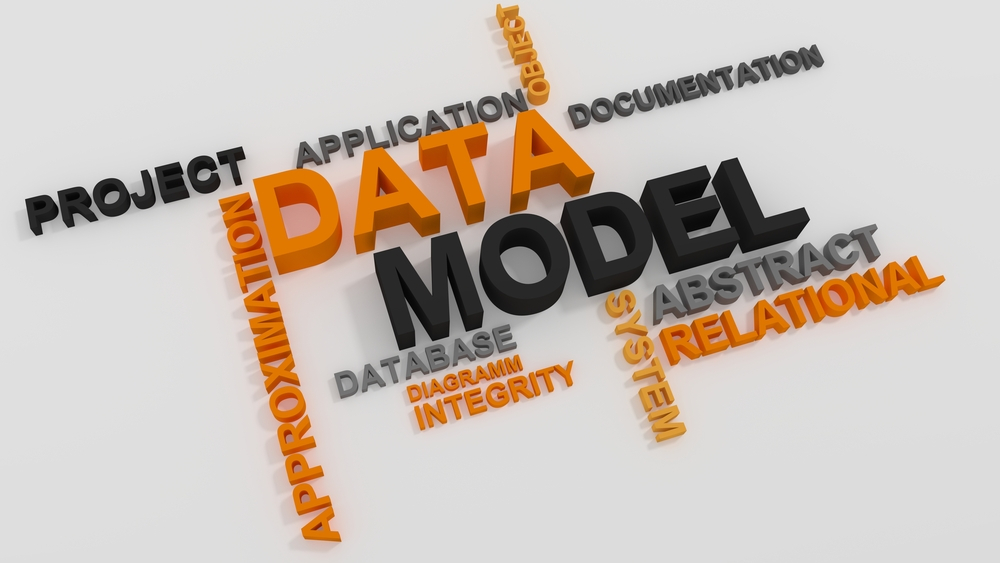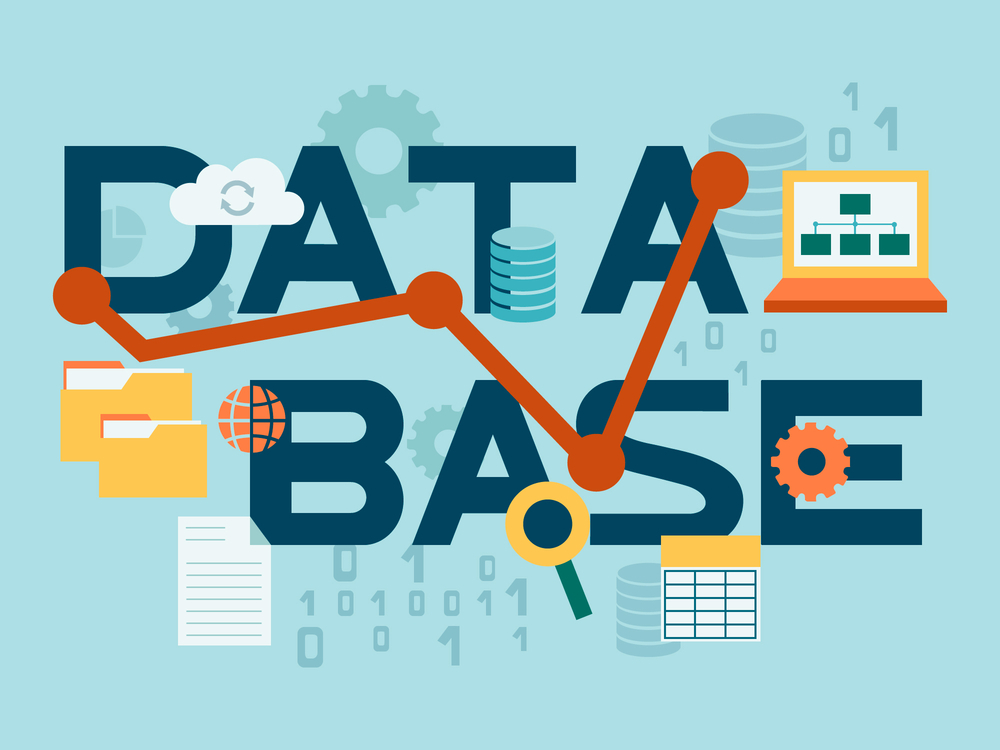Data storage and retention has been a problem in the traditional systems of the world.
A database model reveals the logical structure of a database, including the relationships and problems that determine how data can be stored and accessed.
With this, a database model simply stores and retains data so it can be accessed in the present or future.
These traditional database models are also designed with set of rules and concepts of whichever broader data model the designers adopt.
Since a blockchain also stores data, what are the differences between it and a traditional database model?
If you’re one of those wanting to know how blockchain is different from traditional database models 8, you’re on the right page. In this article, I’ll reveal to you 5 ways that show how blockchain is different from traditional databases.
Differences between Blockchain and Traditional Database Models 8

Control
Blockchain is a decentralized network — the ruling power of the network is not laid on the shoulders of an administrator or a single agency alone. Any and every piece of information that comes into the blockchain is verified by peer-to-peer nodes of the network that are responsible for verifying transactions.
Furthermore, its decentralization has helped to improve trust among users of the network. They can, without knowing one another, be able to perform transactions in the blockchain on a transparent level, and complete transactions through the consensus of the nodes of the network who are working together to give rise to an increase.
On the other hand, a traditional database works differently in terms of control. It is a centralized network— verification of any transactions between the client and the server happens only after the administrator decides whether or not it is a transaction worthy of improving the system.
It doesn’t operate in a block data structure like the blockchain but in a table data structure. The administrator is responsible for all that happens in the system— he can decide to erase or update information on the database at any time. The database system cannot function without the proper management of the administrator.
Cost
The fees needed to afford competent individuals who can essentially implement blockchain applications in business are usually high. Businesses desiring to enforce an effective application of blockchain to their business should have proper blueprints set in place, and be ready to pay these individuals adequately.
For businesses who have a low price in mind, and intend to quickly establish their database system, a traditional database is the best option! Several businesses — small and large scale— are used to the processes of traditional database systems. Hence, they can easily adapt to the process smoothly.
Data Handling & History
Blockchain offers permanence when it comes to data. Previous data records are not deleted when users add more blocks to the blockchain network— supplying more data. Due to the blockchain’s decentralized network where users can access both previous and new records of information containing transactions, it is easier to correct any invalid generated block.
Any data entry added to the blockchain cannot be deleted or altered. Once it is added to the block, it gets attached to the former chain of blocks, thereby creating a storage of long-recorded historical data with the previous and current data existing together. Thus it provides users of the network with the chance of discovering the genuineness of any product.
When compared to a traditional database, it is not the same.
The information about the system is
known only by the administrator and members authorized by the administrator.
The clients, also called the users, perform the system’s operations by four (4) major methods; create, read, update, and delete. This is known as CRUD.
Coming to the history of data in traditional databases, there are no sources of data records. The administrator backs up important data to prevent losing them during unforeseen occurrences. In cases where transactions have issues, the administrator can quickly execute a decision with the help of the backed-up information.
Performance
Some factors affect the operation of the blockchain network from functioning properly. An example is a consensus between users of the blockchain network which has to be met before transactions are verified and completed. Once again, its decentralized system plays a big role in slowing down the time for the verification of transactions to be complete!
But on the bright side, if one of the nodes in the network fails to function properly, the transaction taking place in the network is not affected because the entire distributed ledger is accessible to the other nodes in the network; hence, the system can correct it.
The operation of the traditional database system is much faster when compared to the blockchain network; the administrator doesn’t have to wait for the clients in the system to reach a consensus before the system starts functioning. All the administrator needs to do is make the decision and effect the change on the server.
However, during times when the server isn’t functioning properly, like times when banks or companies have network issues, it affects the system’s operation to work properly.
Another example is when banks or companies face a crisis like a strike, the system’s operation is put on hold.
Security
One key element responsible for making the blockchain network to be very strong in terms of security is its immense volume of computing resources that a malicious user— desiring to gain control of the whole blockchain network— needs to penetrate.
The user would need around 51% of the nodes to succeed.
Similarly, because the blocks which are verified by the nodes of the blockchain network are done consistently, any irregularities in the information or invalid blocks are rectified immediately. This is possible as provisions of the history of data of every block are made for the nodes in the network.
Data on the traditional database is not like the immutable blockchain network.
Hence, it is easy for hackers to gain control of the system and steal important data on the system, thereby corrupting the files. This could lead to the failure of the system to not be able to retrieve lost or backed-up data.
Because trust exists between the administrator and clients, the clients decide to ignore the option to back up the data of the system. Thus, to prevent data from becoming corrupted, and its system vulnerable to misbehaving in the long run, measures are taken to back up the data— multiple times.
Conclusion
Now that you’re well aware of how blockchain is different from traditional models, the choice of which would best suit your business depends on the kind of system you want for business.
